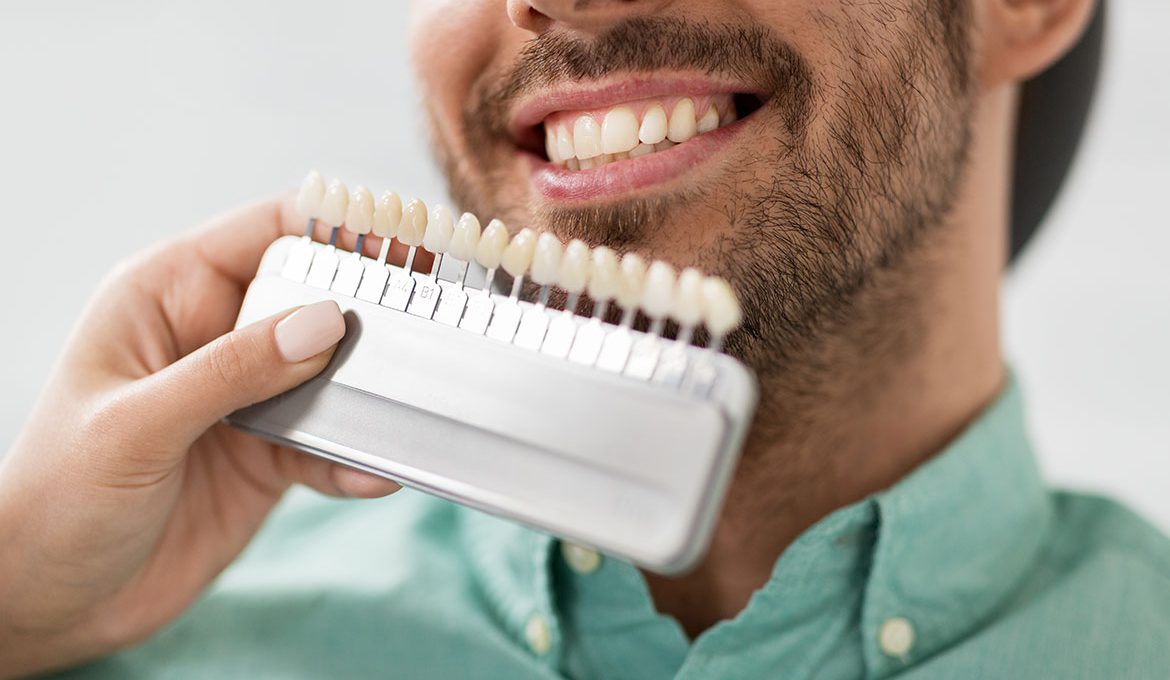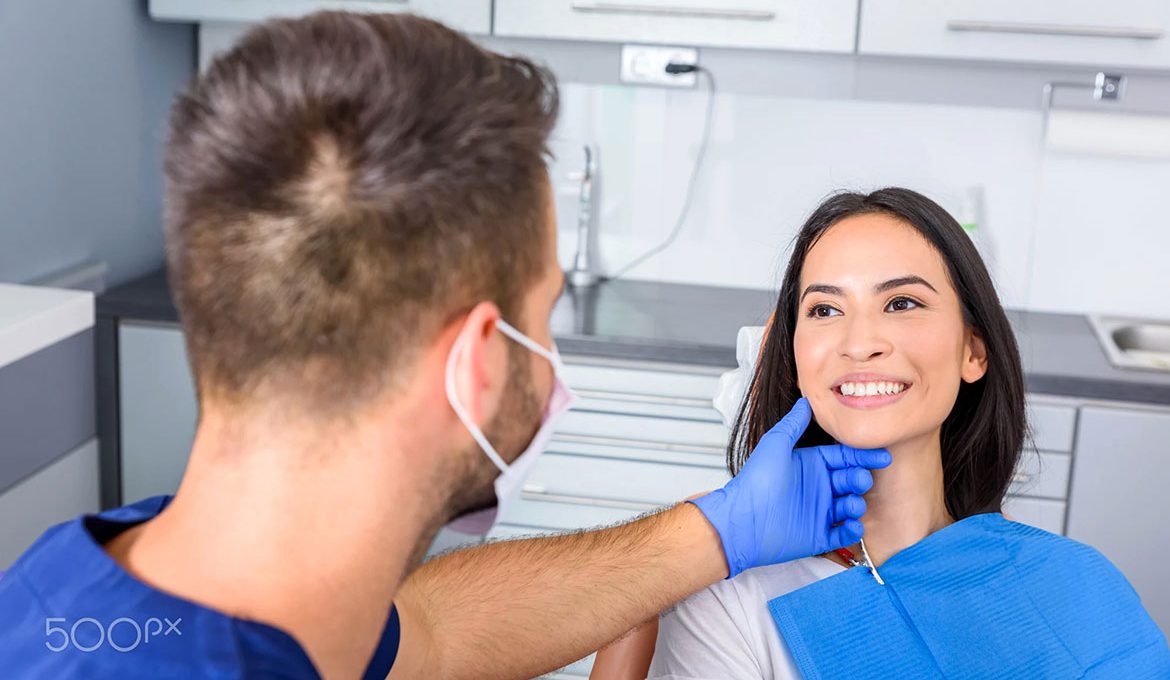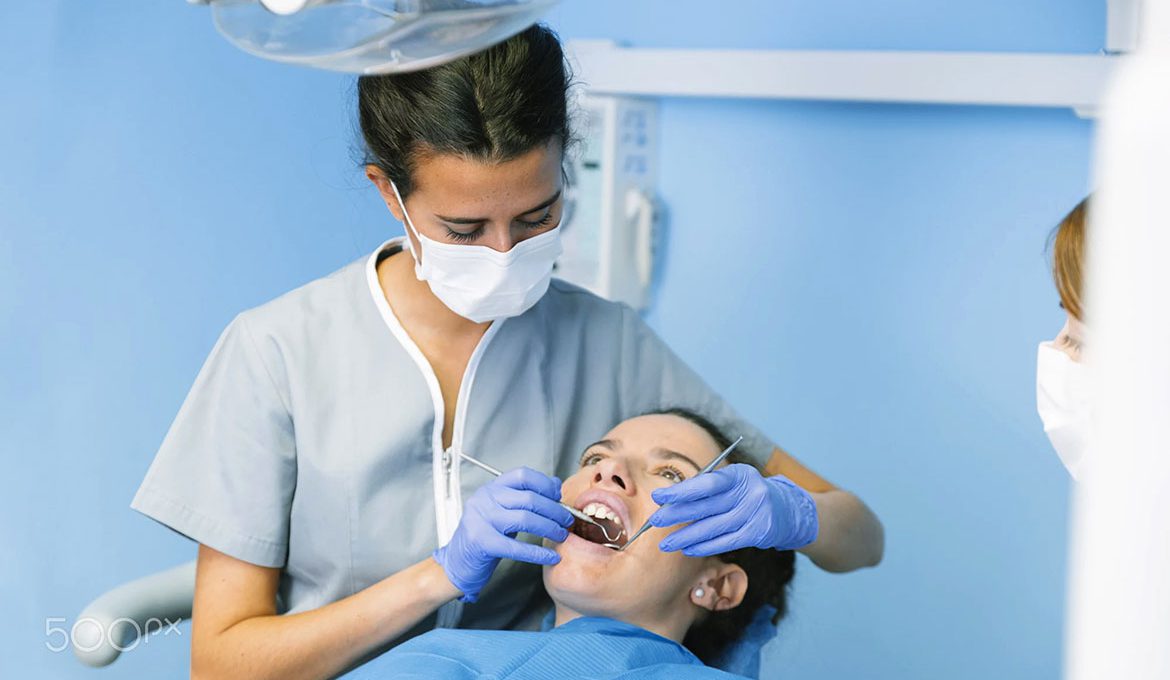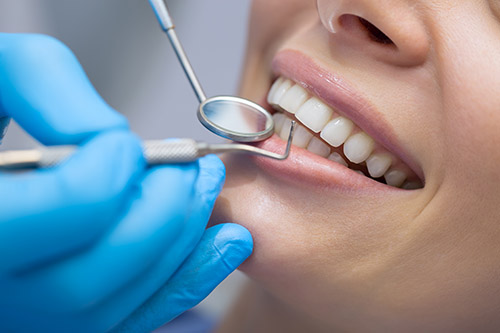Implant Restoration
Dental implants replace the roots of teeth and can be used to anchor a single dental crown or crowns, a bridge or a denture. Dental implants are usually screw shaped implants made from pure titanium.
Titanium is used because of its almost unique property of fusing directly to bone a process called Osseointegration. Implants are typically 3-6mm diameter and some 7-18mm in length.
There are commonly three parts to what is described as an implant; the implant fixture itself which is inserted directly into bone, the abutment an interconnecting part crossing the gum and connecting the implant to the overlying crown or denture made from titanium, gold or ceramic.
Dental implants were first used to treat patients in their current form some forty years ago. Per Ingvar Brånemark a Swedish Professor discovered that the metal titanium fused (osseointegrated) directly to bone in studies of blood circulation.
The dental implant system and clinical techniques he developed became widely used from the early 1980’s.
Before Dental Implant After Dental Implant Before (left) and after a dental implant
Anatomy of a Dental Implant
Dental Implant
A dental implant designed to replace a single tooth is composed of three parts: the titanium implant that fuses with the jawbone; the abutment, which fits over the portion of the implant that protrudes from the gum line; and the crown, which is created by a prosthodontist or restorative dentist and fitted onto the abutment for a natural appearance.
Many people who are missing a single tooth opt for a fixed bridge; but a bridge may require the cutting down of healthy, adjacent teeth that may or may not need to be restored in the future. Then there is the additional cost of possibly having to replace the bridge once, twice or more over the course of a lifetime. Similarly, a removable partial denture may contribute to the loss of adjacent teeth. Studies show that within five to seven years there is a failure rate of up to 30% in teeth located next to a fixed bridge or removable partial










